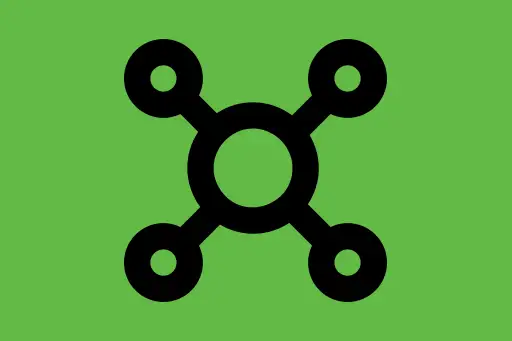Python Break and Continue - Syntax and Examples
Break and Continue
In Python, break and continue are control statements that alter the natural flow of loops. They help you exit a loop early or skip an iteration based on a condition. These simple yet powerful tools are essential for clean and efficient loop control.
Using break in Python
The break statement is used to exit a loop prematurely when a specific condition is met. Once triggered, it immediately stops the loop and continues with the next line after the loop.
Example: Stop loop when number equals 3
for num in range(1, 6):
if num == 3:
print("Breaking the loop at", num)
break
print("Current number is", num)Current number is 1
Current number is 2
Breaking the loop at 3Explanation:
As soon as the number reaches 3, the break statement is executed. The loop exits, so we never see 4 or 5 printed.
Using continue in Python
The continue statement skips the current loop iteration and jumps directly to the next iteration. It’s useful when you want to ignore certain cases but continue looping.
Example: Skip number 3 but continue
for num in range(1, 6):
if num == 3:
print("Skipping", num)
continue
print("Current number is", num)Current number is 1
Current number is 2
Skipping 3
Current number is 4
Current number is 5Explanation:
Here, 3 is skipped, but the loop continues to process the remaining numbers. The continue prevents the print below it from executing for number 3.
Break vs Continue: What’s the Difference?
| Aspect | break | continue |
|---|---|---|
| Effect on Loop | Terminates the entire loop | Skips the current iteration |
| Next Step | Control goes to the first line after the loop | Control goes back to the loop condition check |
| Usage | To stop processing early | To avoid processing certain conditions |
Real-World Check: Avoiding Infinite Loops
If you use break or continue in a while loop, be extra careful:
- With
break, ensure that the condition to exit is reachable. - With
continue, make sure the loop variables are still being updated, or you risk an infinite loop.
Example: While loop with break
count = 1
while True:
print("Count is", count)
if count == 5:
break
count += 1Count is 1
Count is 2
Count is 3
Count is 4
Count is 5Best Practices
- Use
breakfor early exit when a target is found—such as stopping after finding a match in a search. - Use
continuewhen you want to filter out certain conditions but still want the loop to proceed. - Avoid overly complex loop conditions—let
breakandcontinuemanage clarity inside the loop.










Comments
Loading comments...